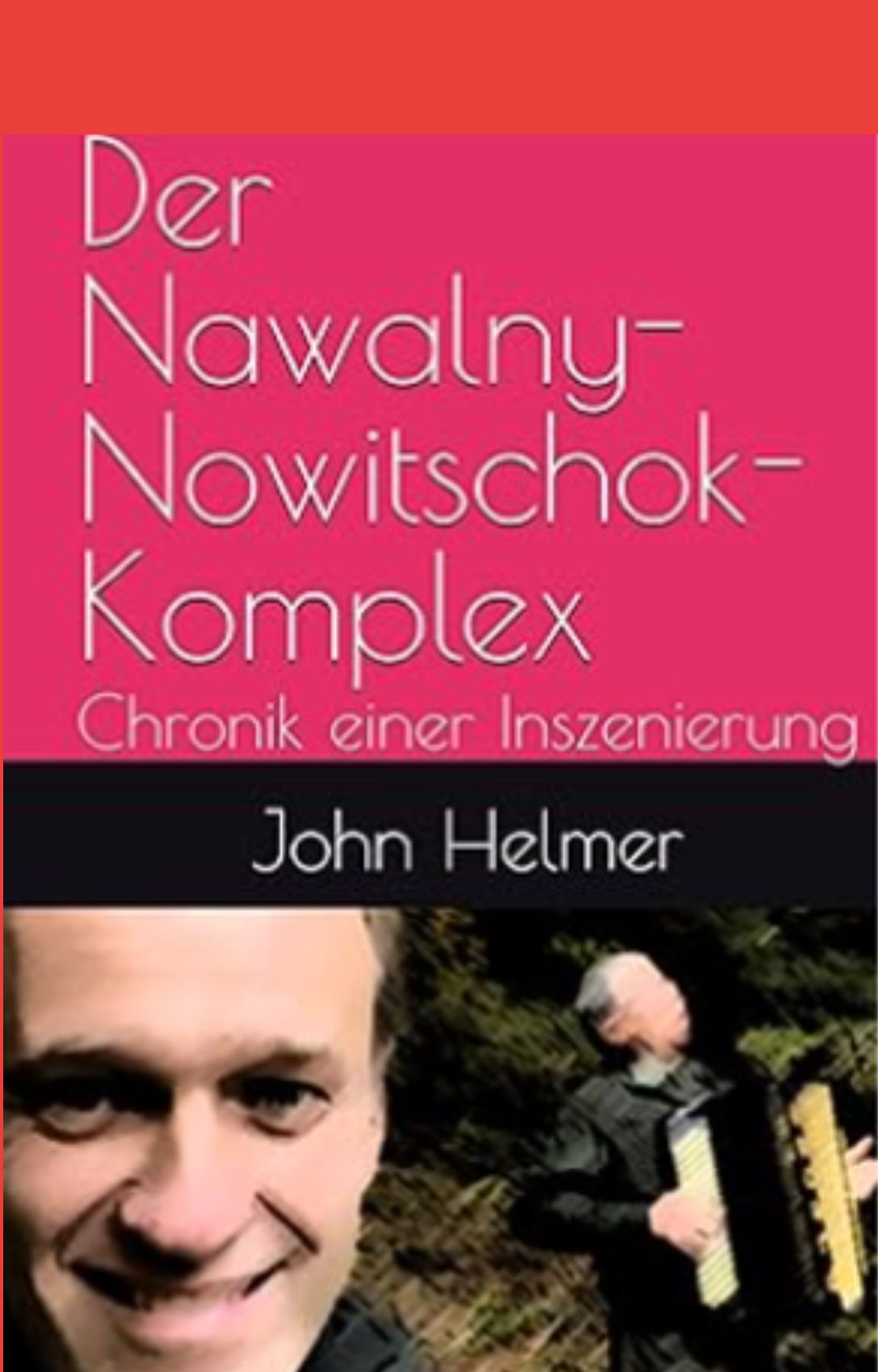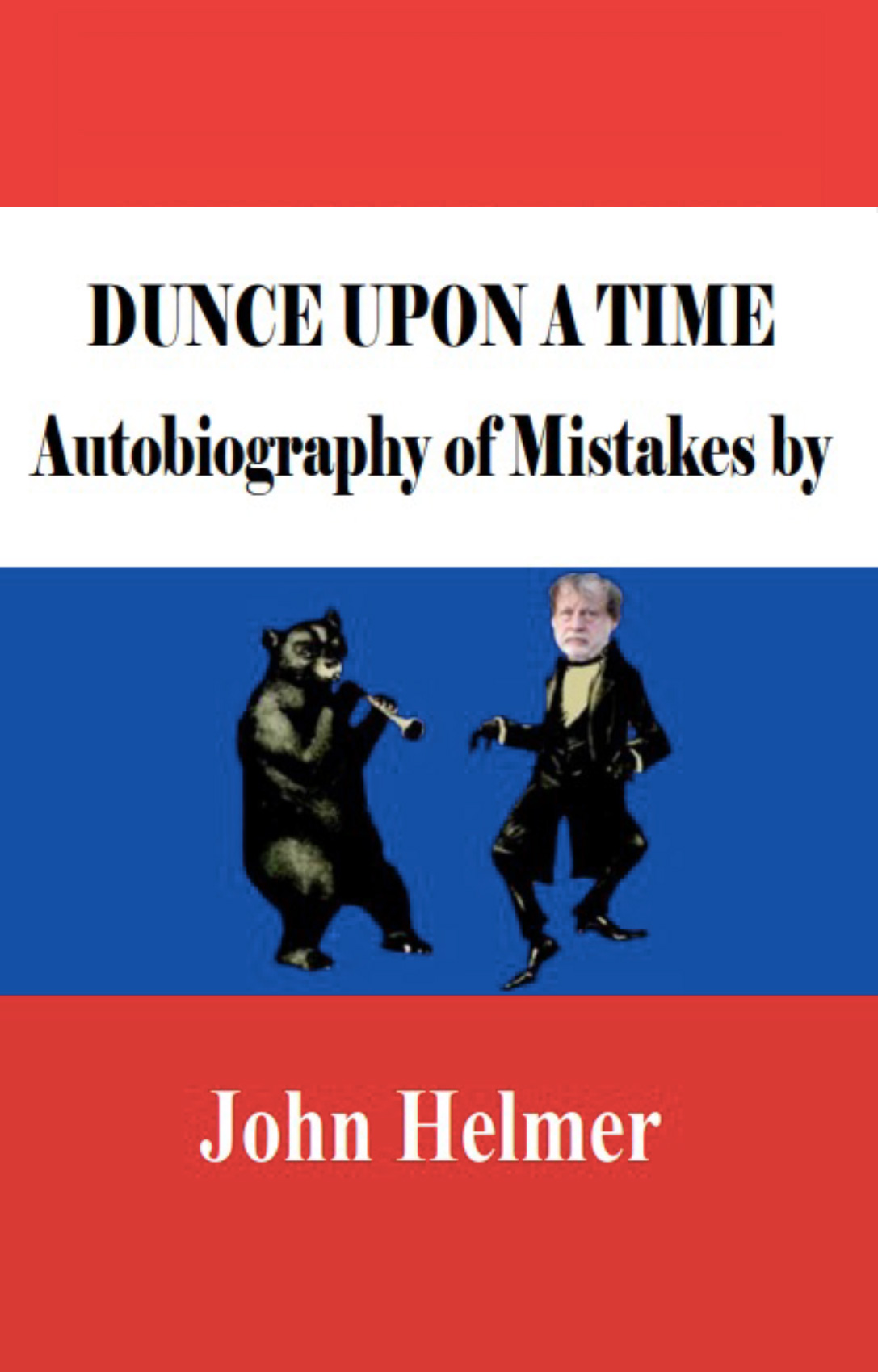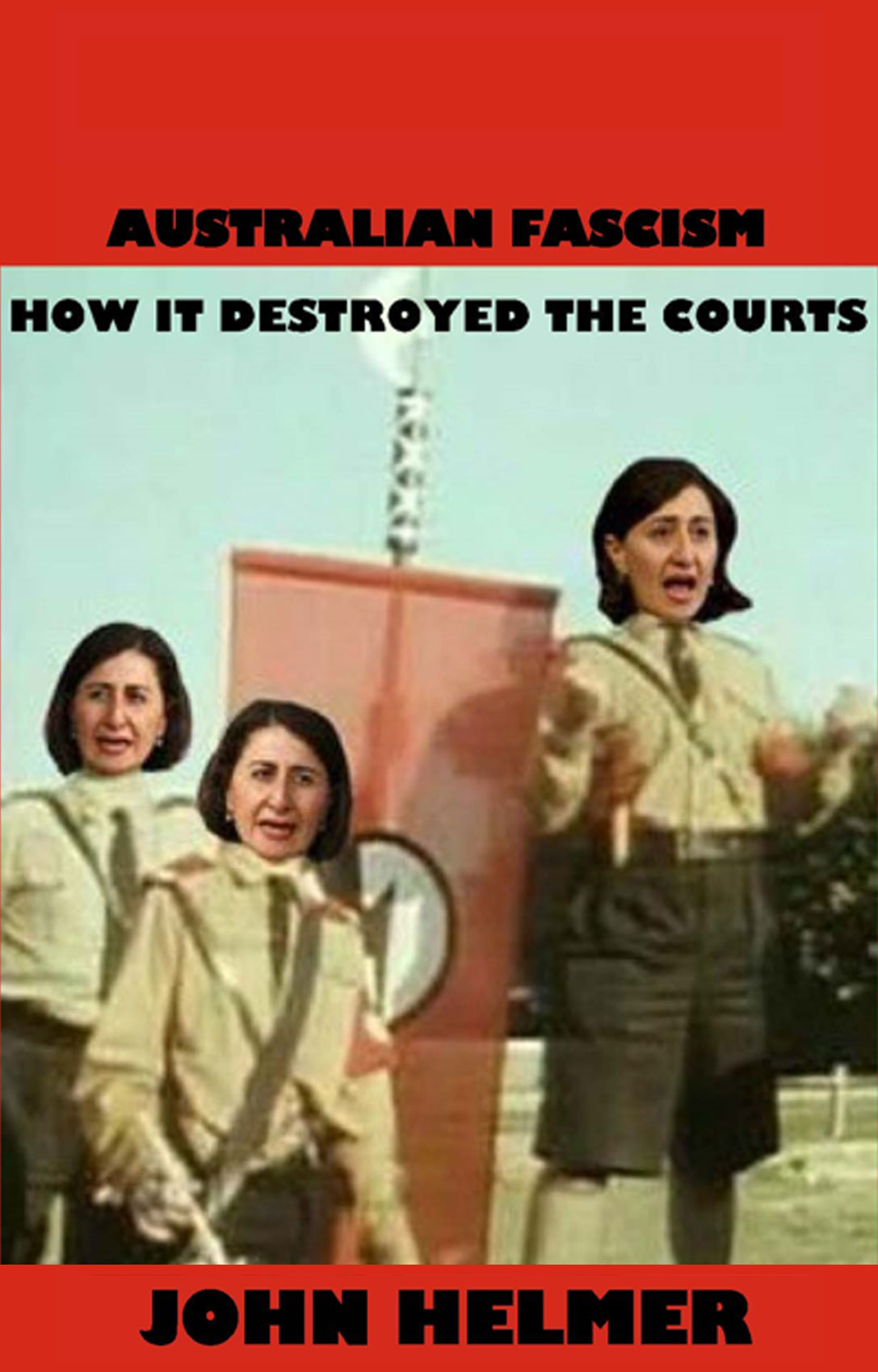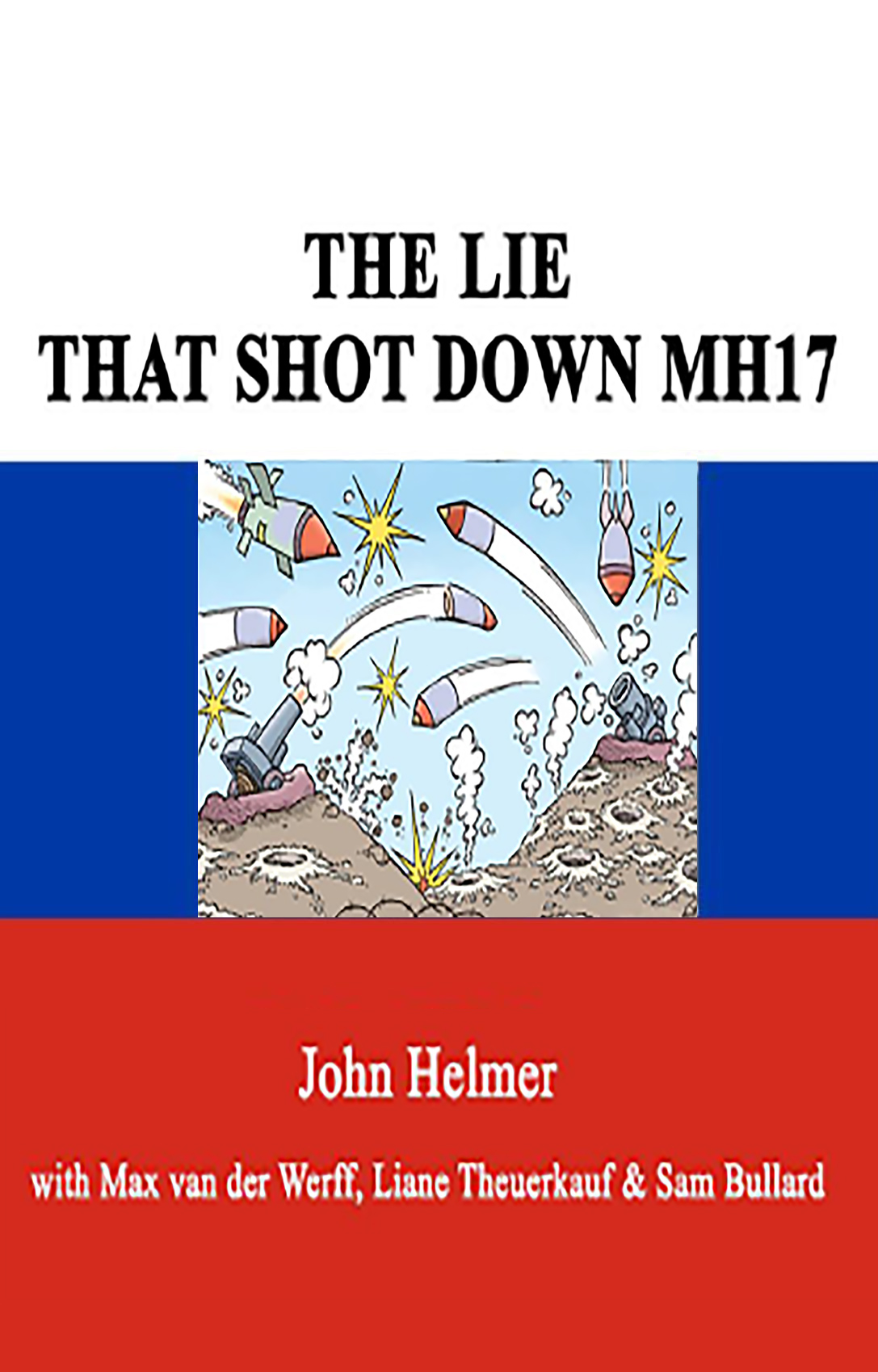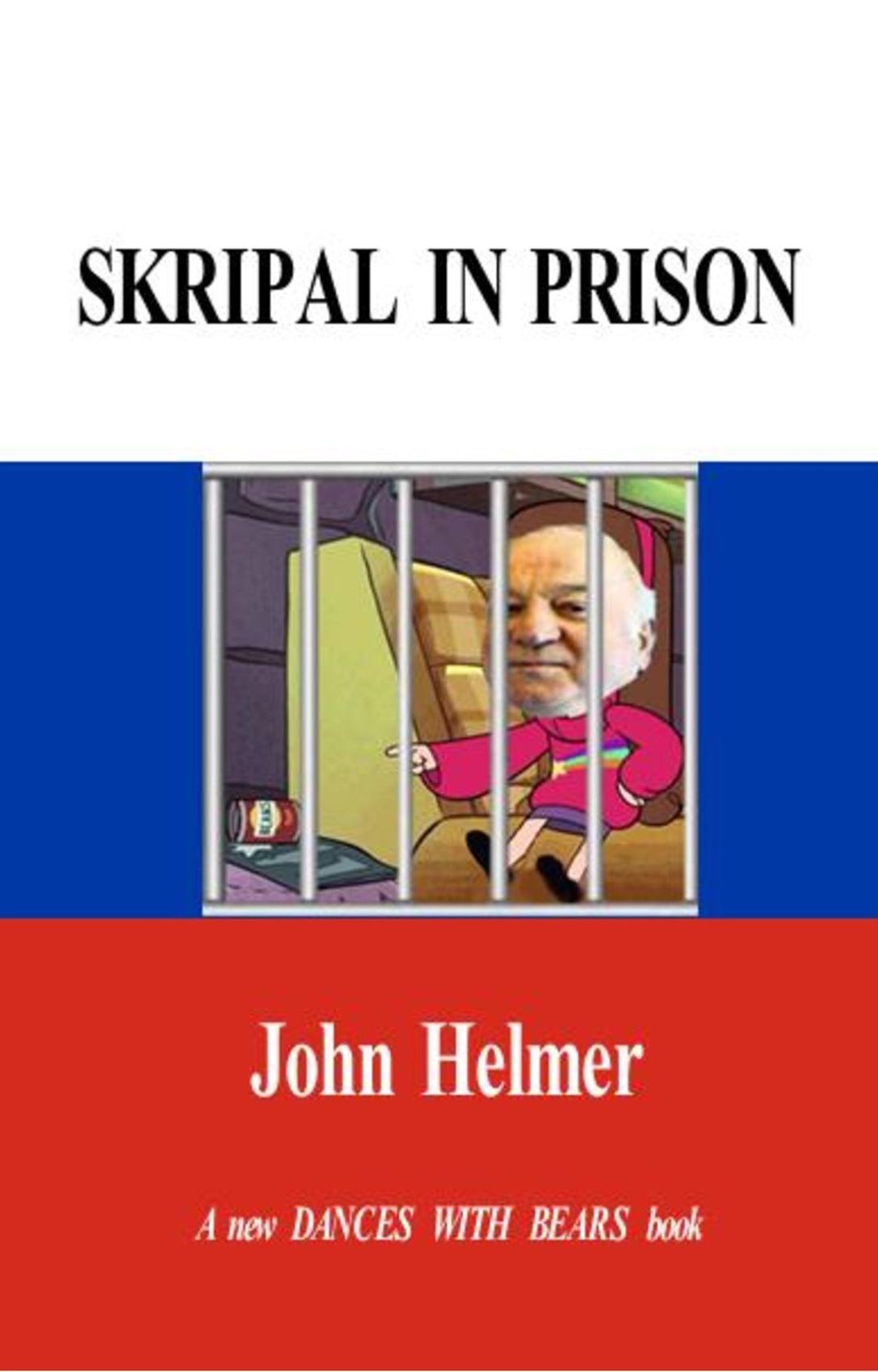

By John Helmer, Moscow
@bears_with
For the first time since the Dutch Government began its prosecution of the Russian Government for the destruction of Malaysia Airlines Flight MH17, and the killing of the 298 passengers and crew on board, the court has heard what the presiding judge, Hendrik Steenhuis (lead image), has described as autopsy and post-mortem evidence from the bodies recovered from the aircraft crash scene in eastern Ukraine.
For the first time, Steenhuis has read out a scripted version of what he declares to be admissible evidence from the bodies, although the trial of this evidence has only just begun.
And for the first time – without showing he has comprehended what he has revealed — Steenhuis confirms that only one piece of shrapnel identifiable with the alleged murder weapon, a Russian-made BUK missile, was discovered by the Dutch forensic teams, pathologists, policemen, prosecutors, and investigating judges who have been working on this evidence since the crash on July 17, 2014. If Steenhuis is telling the truth about this one bow-tie shaped piece of shrapnel from a missile warhead, another cube-shaped piece of shrapnel has disappeared from the cockpit bodies, plus one additional bow-tie and a cube reportedly found in the cockpit frame and photographed by the Dutch Safety Board in October 2015.
This one piece of metal has been admitted in evidence by Steenhuis without any chain of custody protecting it from the Ukrainian Security Service (SBU) since the SBU supervised autopsies of the same bodies in Kharkiv in July 2014, before sending them to The Netherlands. That is one piece of metal out of 2,600 bow-tie shapes and another 2,600 cube shapes in the BUK missile warhead Steenhuis has now ruled to have committed the crime.
For the Dutch judge this is beyond reasonable doubt.
(more…)









